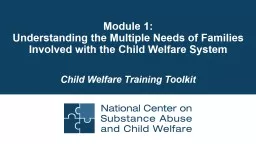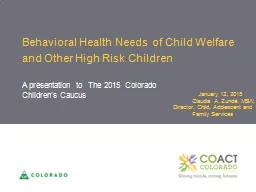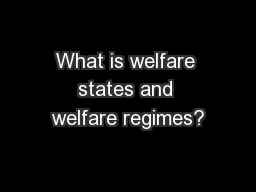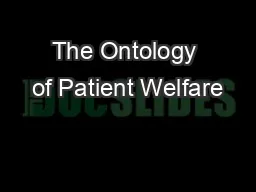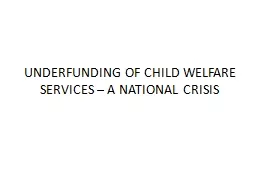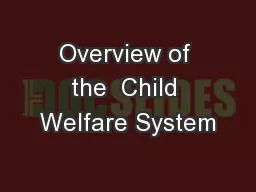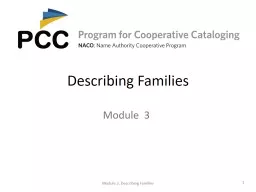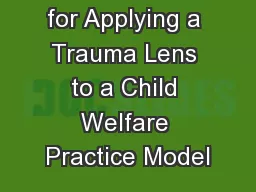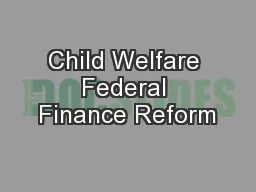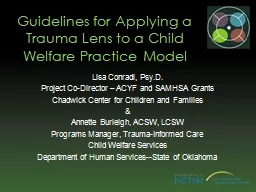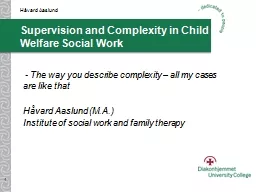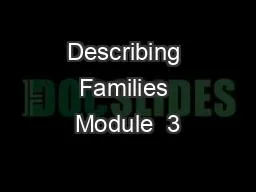PPT-Module 1: Understanding the Multiple Needs of Families Involved with the Child Welfare
Author : elyana | Published Date : 2021-12-09
Child Welfare Training Toolkit Acknowledgment A program of the Substance Abuse and Mental Health Services Administration SAMHSA and the Administration for Children
Presentation Embed Code
Download Presentation
Download Presentation The PPT/PDF document "Module 1: Understanding the Multiple Ne..." is the property of its rightful owner. Permission is granted to download and print the materials on this website for personal, non-commercial use only, and to display it on your personal computer provided you do not modify the materials and that you retain all copyright notices contained in the materials. By downloading content from our website, you accept the terms of this agreement.
Module 1: Understanding the Multiple Needs of Families Involved with the Child Welfare: Transcript
Download Rules Of Document
"Module 1: Understanding the Multiple Needs of Families Involved with the Child Welfare"The content belongs to its owner. You may download and print it for personal use, without modification, and keep all copyright notices. By downloading, you agree to these terms.
Related Documents

